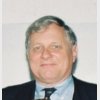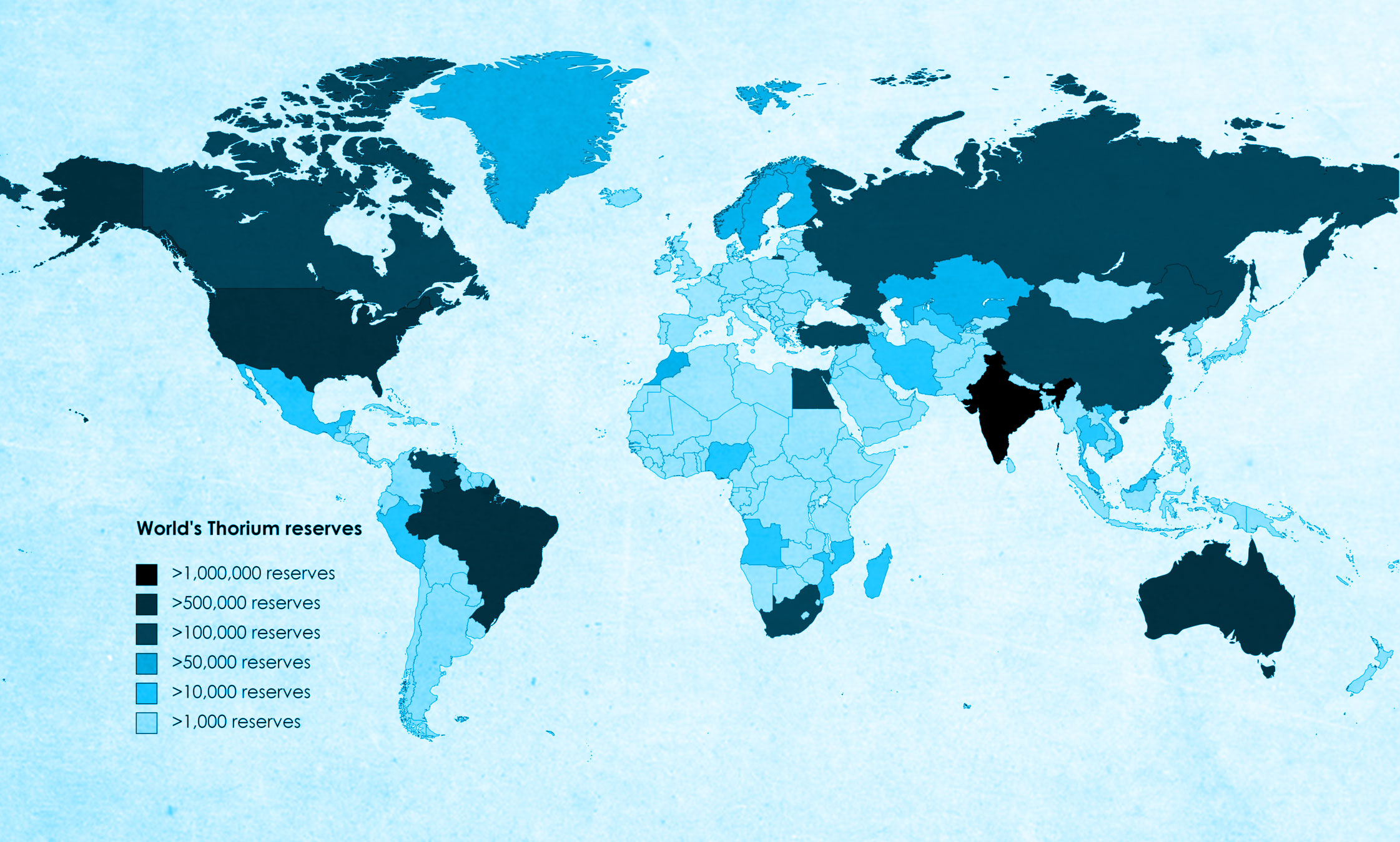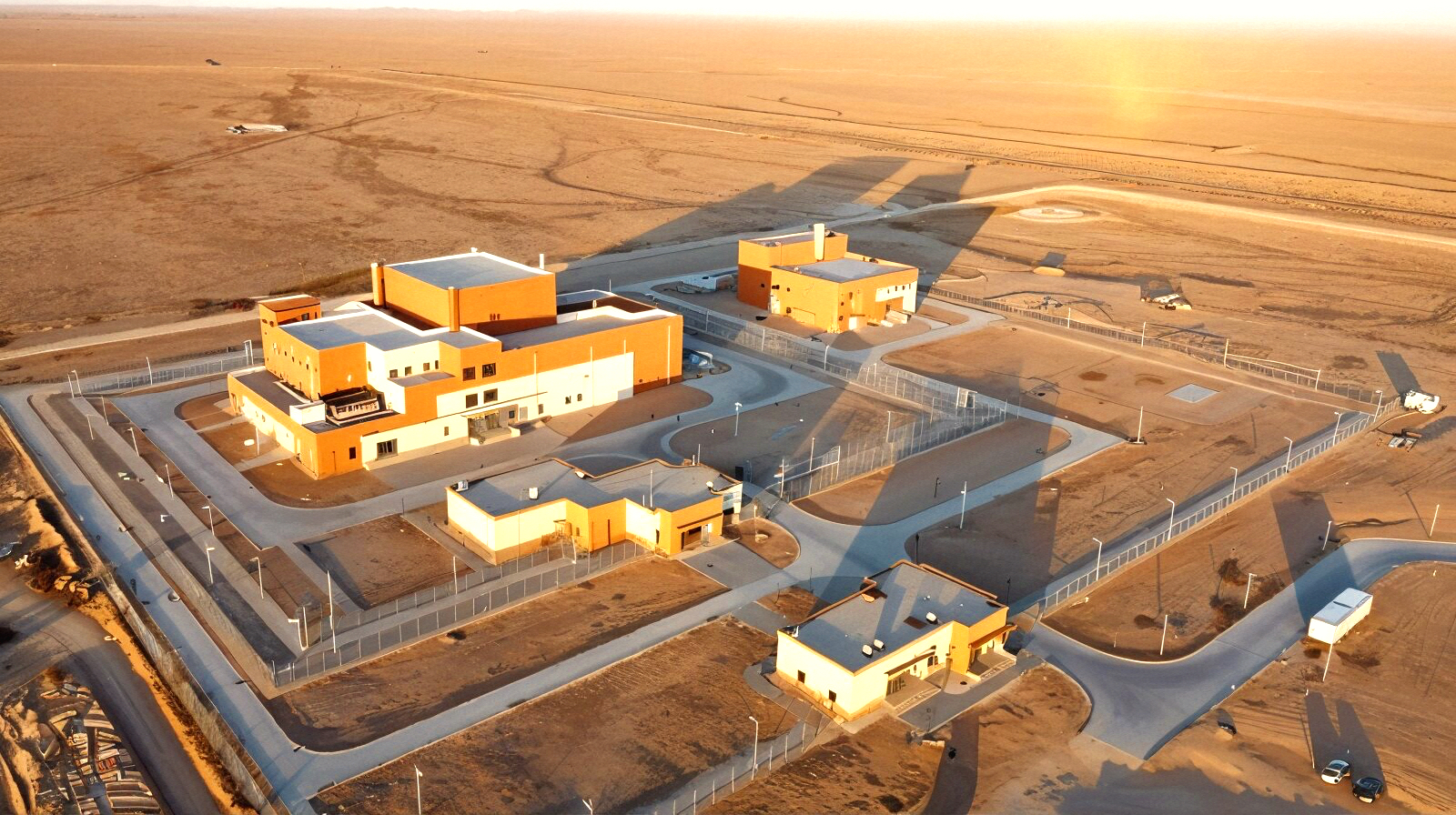Rod Adams's from Atomic Insights writes on his blog:
Meredith Angwin, who blogs at Yes Vermont Yankee, published a book review post titled Superfuel: A Book I Wanted to Love. The book is a tribute to thorium and the people that Richard Martin refers to as “thorium-heads”. The villains in the book are the people that Martin calls “nuclearati” – otherwise known as the nuclear industry establishment.
Though I have only made it through the introduction and part of the first chapter, I can tell that Superfuel will be providing fodder for several posts in the coming days. I can already tell that my effort is going to be focused at refocusing various factions within the fission family to look outward rather than to squabble internally. Though Martin has published a book that purportedly is pronuclear, I believe it is actually a well conceived effort to encourage fratricide that will support the hydrocarbon establishment.
Though I am well versed in the often successful tactic of “divide and conquer”, I know I am a mere amateur when compared to the marketers who continue to successfully sell the notion that some brands of gasoline are inherently more powerful than others, that natural gas is “clean”, and that coal fired electricity is as simple as plugging a cord into a shiny black rock.
Like Richard Martin, I have been thinking and writing about energy for much of my life, but unlike him, I do not “cover” a beat, I live the dream. I know exactly what he was talking about when he described his backpacking trips in the Ozarks; I have hiked about 400 miles of the Appalachian Trail over the past ten years with some very good friends. You begin to understand energy in a completely different way when you have to carry your supply on your back for a dozen or so miles per day.
However, I’ve also spent many months sealed up inside a submarine where I was the guy in charge of the uranium fueled power plant and the 35-40 people who helped me to run it. Our 9,000 ton vessel carried enough fuel to last for 14 years of prolific power consumption, not just a couple of days of scraping by, an that fuel source could have fit under my office desk.
Martin and I share a love of modern living – neither one of us wants to give up the freedoms provided by automobiles, airplanes, or appliances. I recognize that nuclear energy has not yet lived up to its potential; US nuclear electricity production has been stuck at 20% of the total for a couple of decades and we have just now started building new plants again after a new license hiatus that lasted nearly forty years.
I count Kirk Sorensen, Charles Barton and John Kutsch as friends and think that their LFTR idea has some real promise. I spent nearly 20 years – including lengthy interruptions caused by the need to make a living and support a family – trying to sell an improved nuclear energy system called the Adams Engine.
However, I guess that Martin would classify me as a nuclearati because I work on a team led by some of the founding member companies of the nuclear establishment. We are designing a new light water reactor using technologies and materials that would be familiar to most nuclear professionals. There is no way I would ever write something like the below:
At the same time, it’s clear that the flaws of conventional, uranium-based nuclear power – which accounts for no more than one-fifth of power generation in the United States and less than that worldwide – make it an unsuitable replacement for fossil fuels in the near future. The nuclear accident that followed the earthquake and tsunami in Japan in March 2011 caused many countries to reconsider their ambitious nuclear agendas.
(Location 233 of 5225)
Thorium thinkers, please let me clue you in. Uranium is not your enemy. Thorium does not work as a fuel without substantial quantities of either U-235 or Pu-239 to provide the neutron flux that turns your favorite element into an isotope that will fission to release almost exactly the same amount of heat per unit mass as fissioning either uranium or plutonium. Thorium, like its neighbors on the periodic table, produces that heat without releasing any CO2, NOx, SOx, mercury or fly ash.
Like its neighbors, thorium is a disruptive element that threatens the prosperity and political power currently held by the hydrocarbon combustion establishment. It is incredibly abundant and turns the power business upside down. There is a reason why there was such a strong public campaign waged against the idea of a plutonium economy when I was a youngster. (Please take the time to click on that link, which leads to a 1974 article from the Bulletin of the Atomic Scientists titled “Plutonium Recycle: The Fateful Step”.)
Instead of being dominated by the fuel suppliers, the fission power business is dominated by people power. It is a power source that rewards the people with the biggest brains, the highest integrity, the greatest patience, and the best leadership. It is not a technology that showers incredible quantities of wealth onto people who are lucky enough be born into the right family, who are skilled at dealing with dictators, or who amass the capital assets required to move massive quantities of material from one place to another.
Now I’ll go back to reading, but please, fission fans, think about the fact that fossil fuels provide about 85% of the world’s energy needs. They also end up causing about 20 billion tons worth of “stuff” to be dumped into our shared atmosphere every year. Their sellers dominate the political and economic landscape and have the most to lose when virtually emission free and incredibly abundant fission starts taking off. Don’t squabble about which actinide is better – figure out ways to use them all to change the world into something that is better than it is today.









